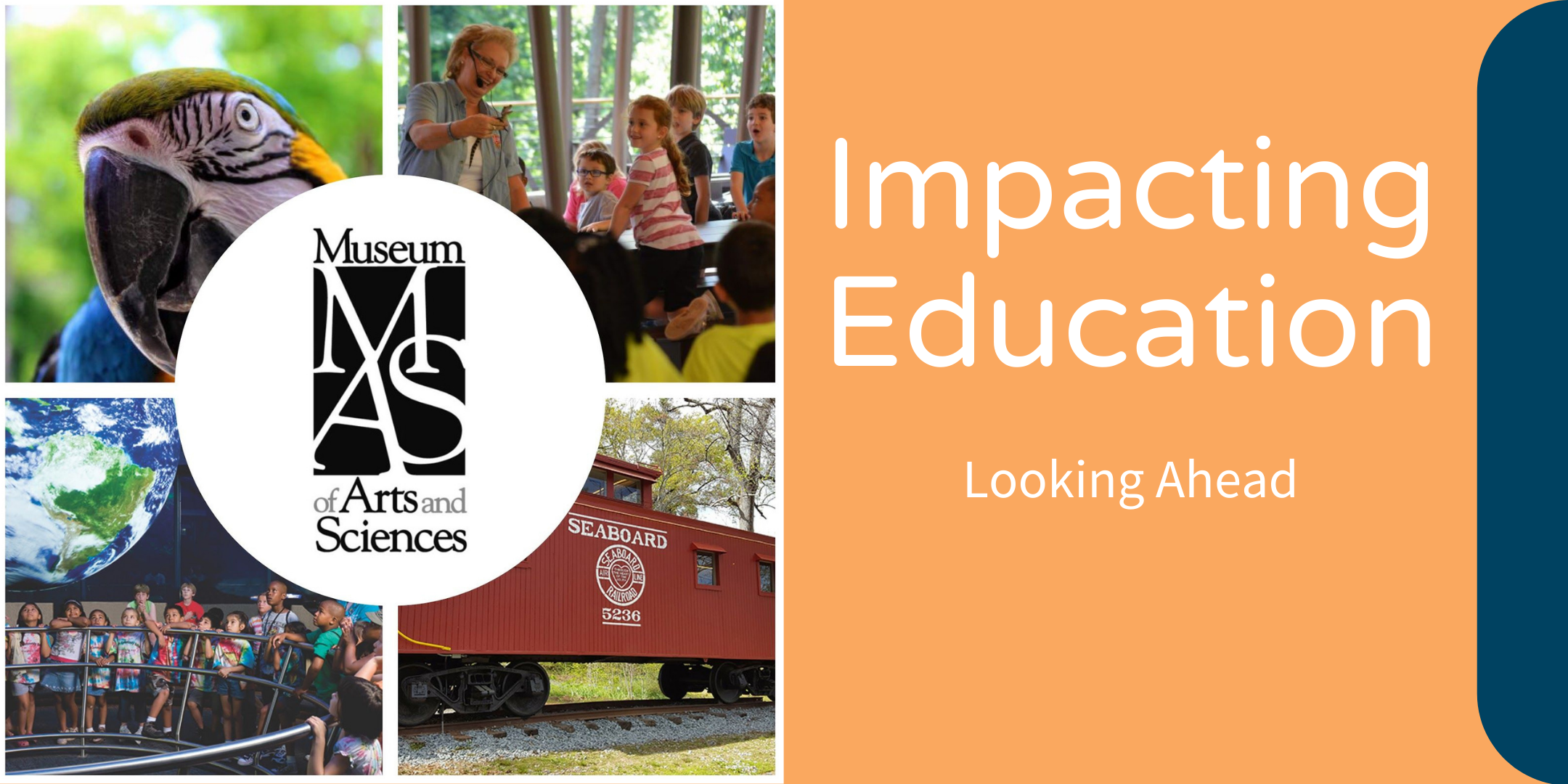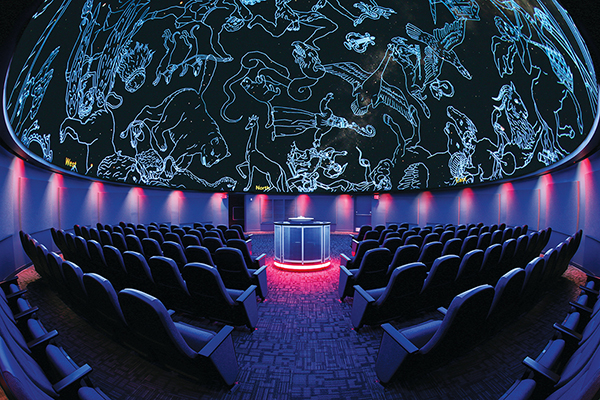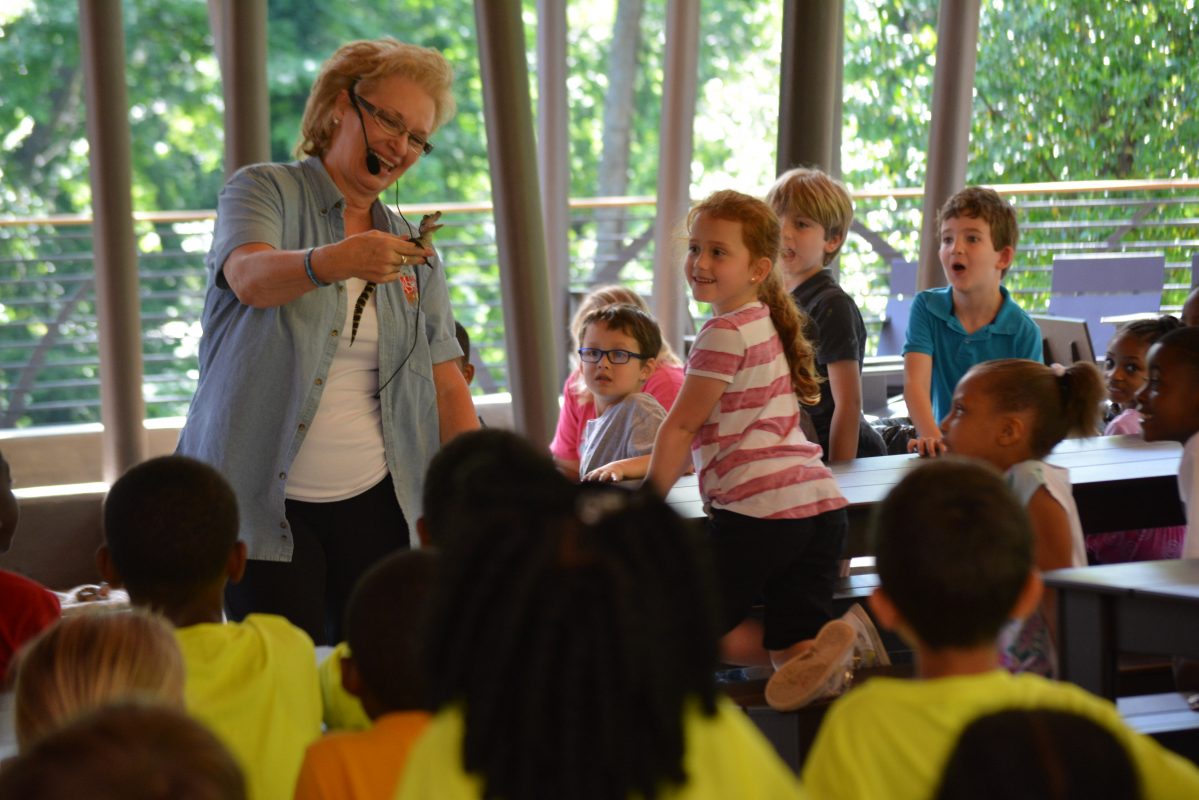
By Christopher Collier, Guest Writer for the MAS
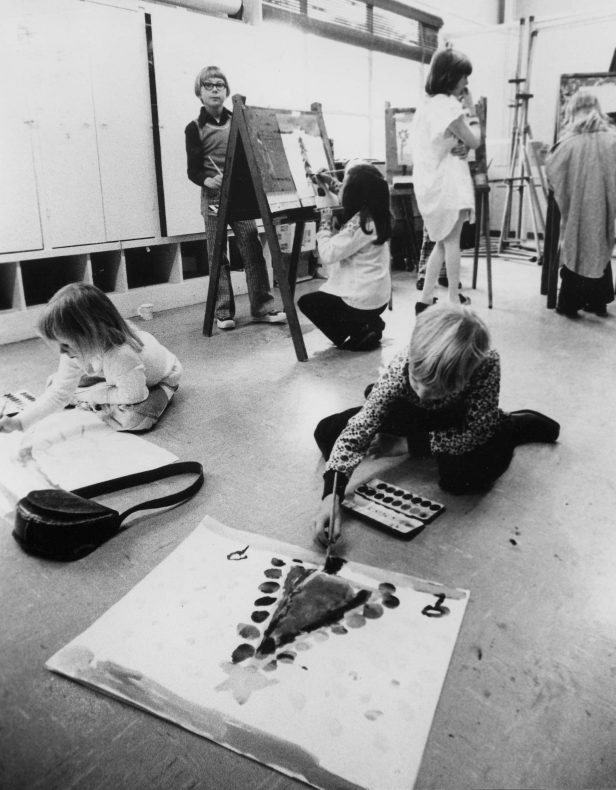 Educators and civic leaders founded the Museum of Arts and Sciences in 1956, envisioning the expansion and enrichment of the educational opportunities available to Bibb County school children. While the Museum has expanded from a single rented room to a state-of-the-art, 50,000 square foot facility spanning 14-acres, its past is not too dissimilar to its present. 64 years after its founding, a commitment to education remains one of the organization’s core values:
Educators and civic leaders founded the Museum of Arts and Sciences in 1956, envisioning the expansion and enrichment of the educational opportunities available to Bibb County school children. While the Museum has expanded from a single rented room to a state-of-the-art, 50,000 square foot facility spanning 14-acres, its past is not too dissimilar to its present. 64 years after its founding, a commitment to education remains one of the organization’s core values:
| COMMITMENT TO EDUCATION
“The Museum believes that exposure to the real thing—actual works of art, live animals, and three-dimensional natural and scientific objects, as well as hands-on opportunities to explore nature and humankind’s impact upon it—are key to developing knowledge of and appreciation for the world in which we live. It encourages children, adults, and families alike to pursue life-long learning.” |
For the last three months, we’ve witnessed the MAS’ commitment to impacting Central Georgia education first hand. The museum worked with Woodfield Academy and Stratford Academy to create customized field trips that met educators' and students' educational needs. Pushing its commitment to STEAM education forward, the MAS also revamped the Mark Smith Planetarium, acquired Science On a Sphere®, fostered relationships with regional collectors, and continued to pack its mini zoo with critters native to Georgia and beyond.
During the last three months, we’ve learned that the museum’s educational impact is just beginning. Much like the MAS’ SAL Class 5CC Caboose #5236, which accumulated an estimated 1.9 million miles in its forty-one year lifetime, the Museum of Arts and Sciences is now a regional powerhouse delivering a special kind of good—educational enrichment. Not even the global pandemic that is COVID-19 could halt these efforts.
As the Museum of Arts and Sciences rounds its first lap of the 2020s, its staff members reflect on how they hope to impact education in the future. Paul Fisher, MAS Curator of Science, intends to educate Central Georgia about the sky's hidden beauty.
“I would like for people of all ages to understand that the city sky of today is a poor substitute for the skies viewed by our grandparents as children,” Fisher said. “Commercial imperatives have destroyed a major source of beauty that would have been available to them 100 years ago. The sky that shaped our cultures for thousands of years is now unavailable. It motivated such things as the development of calendars and mathematics. Infinity has been hidden. When it comes to viewing the sky, dystopia is here. I want to empower children and adults that might want to reverse this aspect of modernity. And that in a democracy, they have that power.”
Sharron Cornacchione, MAS Curator of Living Programs, has her sights set on raising awareness and understanding about the animals that roam our planet.
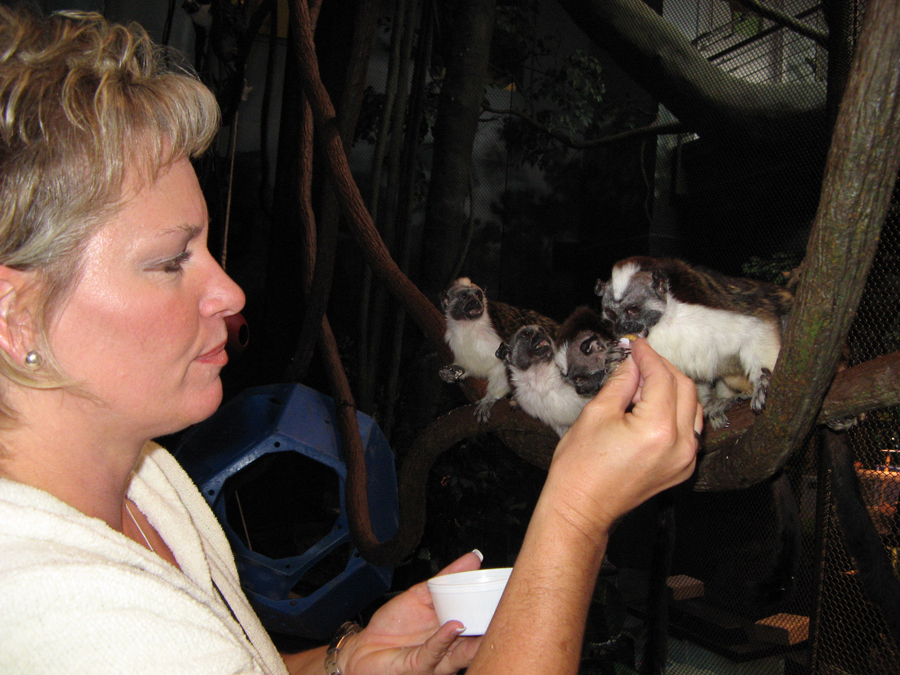 “I hope that my greatest educational impact will be [that] we learn, and then we understand,” Cornacchione said. “The more we understand about animals, the more we will all be able to work together to help protect this amazing planet.”
“I hope that my greatest educational impact will be [that] we learn, and then we understand,” Cornacchione said. “The more we understand about animals, the more we will all be able to work together to help protect this amazing planet.”
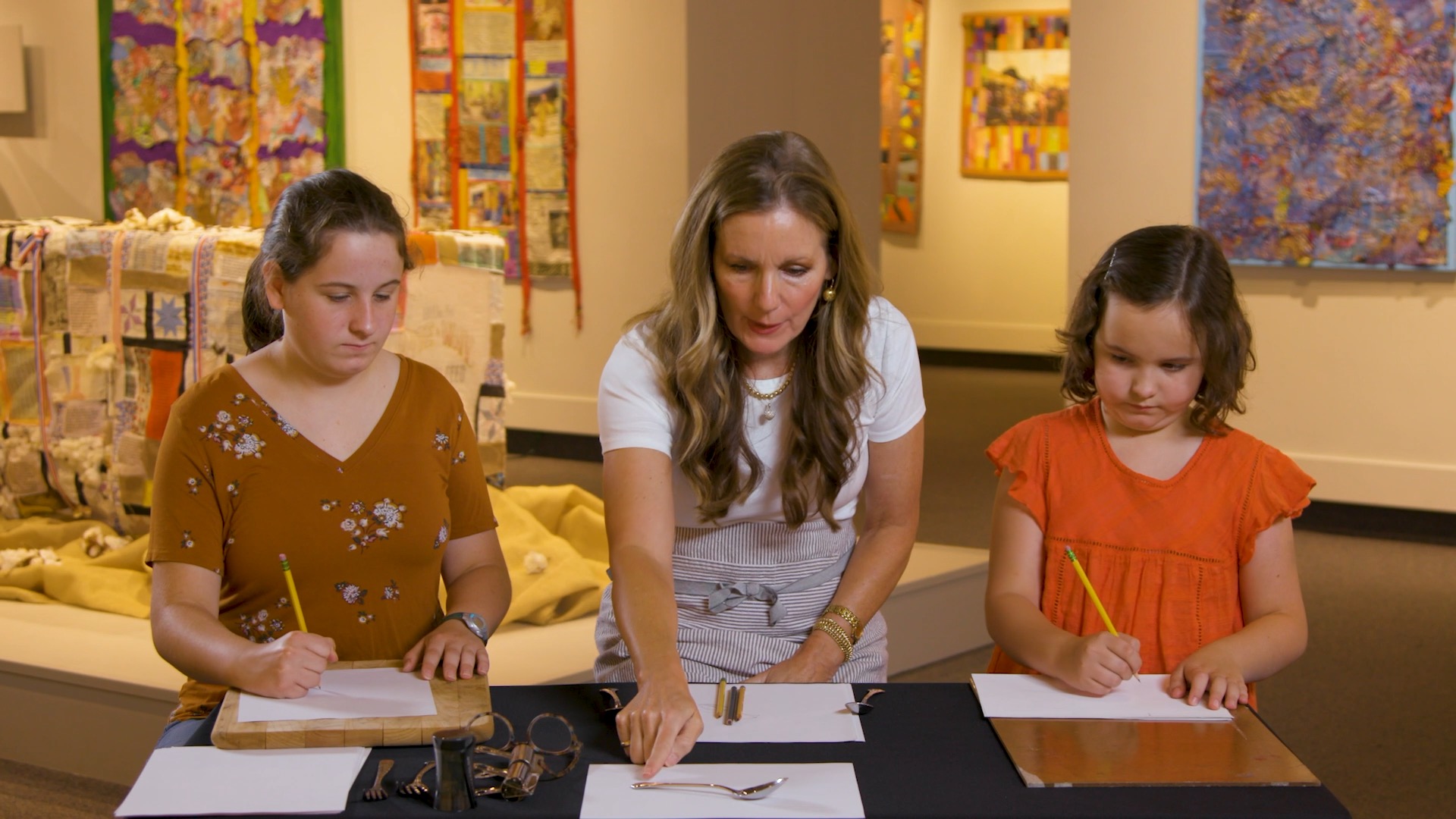 Kristy Edwards, MAS Curator of Art, aims to impact Central Georgia one brushstroke at a time.
Kristy Edwards, MAS Curator of Art, aims to impact Central Georgia one brushstroke at a time.
“[My goal is] that at least one or two people discover their capacity to generate this magic of art,” Edwards said.
Susan Mays, MAS Director of Programs, said her goal has never changed.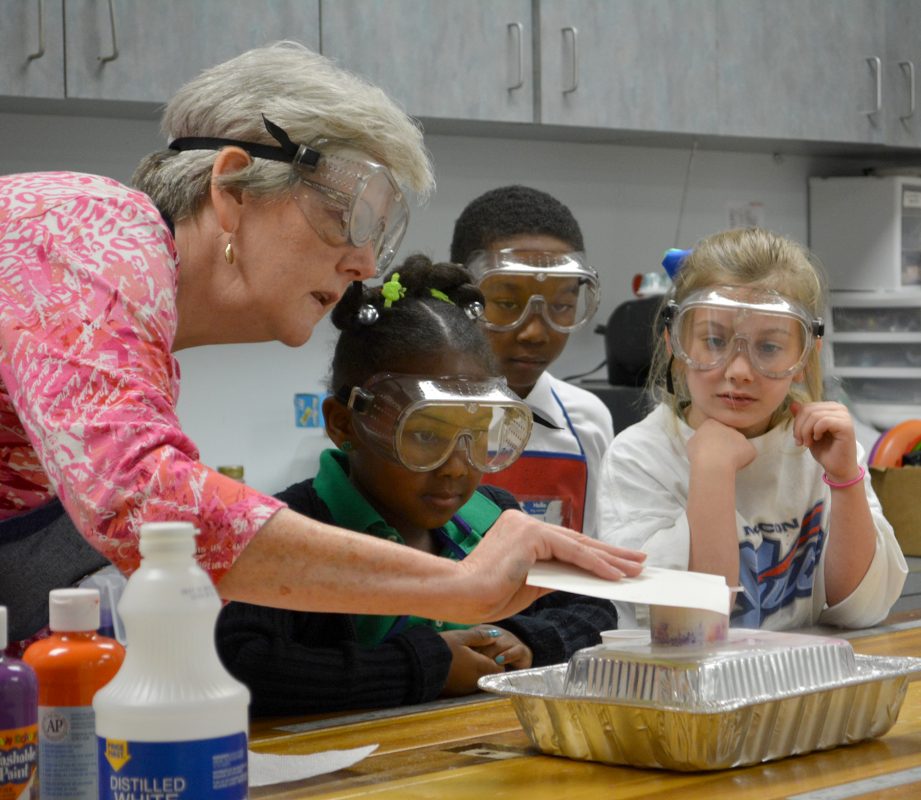
“Early in my museum education career, I read something in an article about training historical interpretive staff at Colonial Williamsburg—’Put there a spark,’” Mays said. “The idea of putting a spark of excitement, of curiosity, of a desire to know more, a desire to grow, a desire to change – with the hope that the spark will ignite a fire and change that person in some way and, perhaps, eventually lead them to change the world, even if only a small bit at a time. That has always been my goal and purpose. It is how I approach training staff, writing labels, designing school programs, presenting public programs, everything that I do.”

